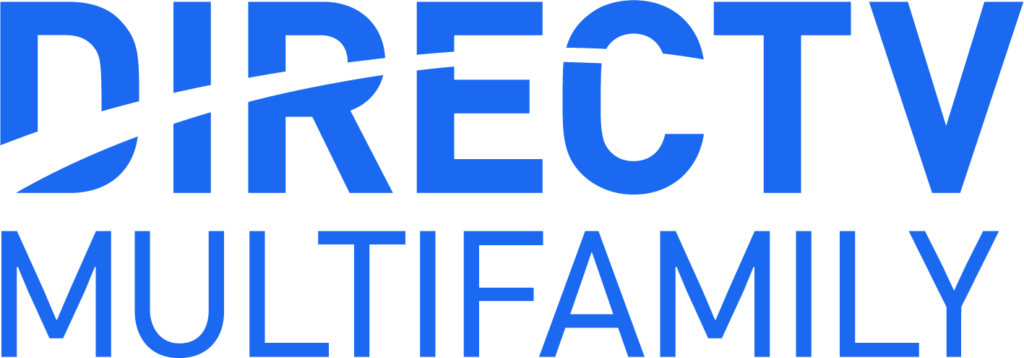FBA Presents – Fiber and Wireless Broadband Technology Comparison for Rural Networks
June 22, 2023 @ 11:00 am - 12:00 pm

- This event has passed.
The Fiber Broadband Association and Vantage Point Solutions recently released a white paper that answers the question, “Can Unlicensed Wireless Solve the Rural Digital Divide?” The research reveals that the limitations of unlicensed wireless and wireless in general are too great to be worthy of investment from public funds, such as the NTIA’s Broadband Equity, Access, and Deployment (BEAD) program, and therefore cannot effectively close the digital equity gap. The paper concludes that fiber remains the most future-proof of all broadband technologies.
“The BEAD program is a once-in-a-generation opportunity to close the U.S. broadband gap. In order to keep it closed, broadband providers need to ensure they are deploying highly-reliable networks that have fast speeds and are scalable and sustainable long-term,” said John George, chair of Fiber Broadband Association’s Technology Committee and Senior Director of Solutions Engineering and Fusion Splicers at OFS. “Making the wrong technology choice now will require even more investment sooner than expected in order to meet increasing customer demands and will likely doom many to be on the wrong side of the digital divide forever.”
The white paper notes that wireless networks in general can provide broadband to customers that have no better solution available, but its characteristics limit it from meeting the growing needs of broadband customers long-term, especially in rural environments. One of the most obvious limitations is cost. While wireless networks often require lower initial capital investment than landline networks, this advantage disappears or flips when considering the increased operational expenses of ongoing maintenance.
Other limitations lie in the spectrum itself. The amount of available spectrum limits broadband speed and capacity. There is less than 1,800 MHz of unlicensed and lightly licensed spectrum in the low-band and mid-band spectrum, while a single fiber has 59 million MHz of spectrum available for use—33,000 times more than unlicensed wireless. Much of the BEAD funding will be focused on rural areas, and wireless has the unfortunate characteristic that the radio signal degrades as the distance between the customer and tower increases. Additionally, the average broadband speed is over 250 Mbps and providers need to prepare for gigabit speeds in the next few years. There is no wireless spectrum available that would allow a fixed wireless network to practically and economically deliver that speed in a rural environment.
“Fixed wireless has some advantages for short-term use, but falls short both technically and economically in long-term, high-performance broadband – especially in rural applications,” said Larry Thompson, CEO at Vantage Point Solutions. “This is why fiber continues to be the preferred technology in the BEAD program, where the goal is to connect every community, home, and person to reliable broadband and not only close the digital divide, but keep it closed.”
Webinar Presenters
John George, Senior Director, Solutions Engineering and Professional Services, OFS and FBA Technology Committee Chair
Mike Render, CEO and Principal Analyst, RVA LLC
Larry Thompson, PE, CEO, Vantage Point Solutions

